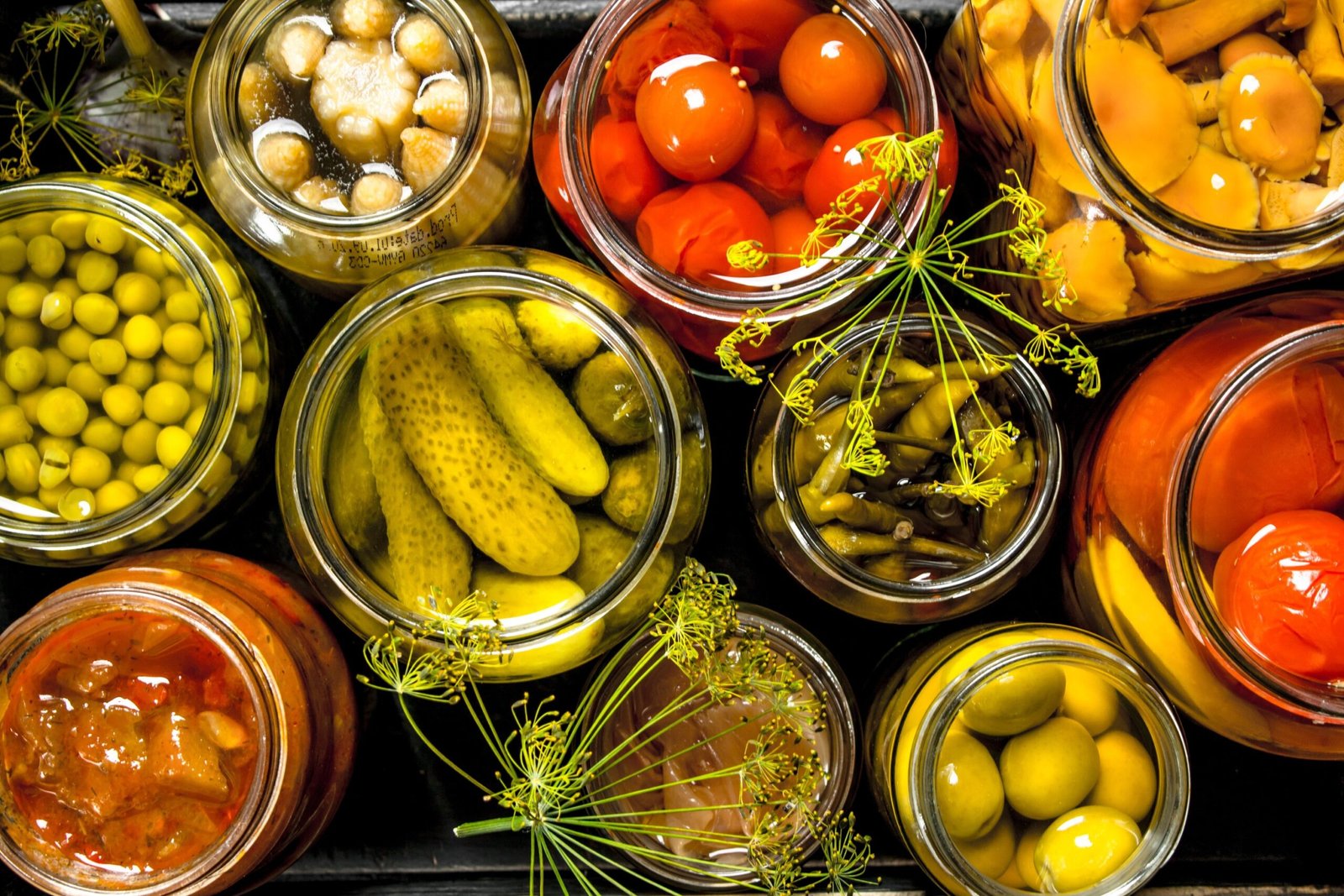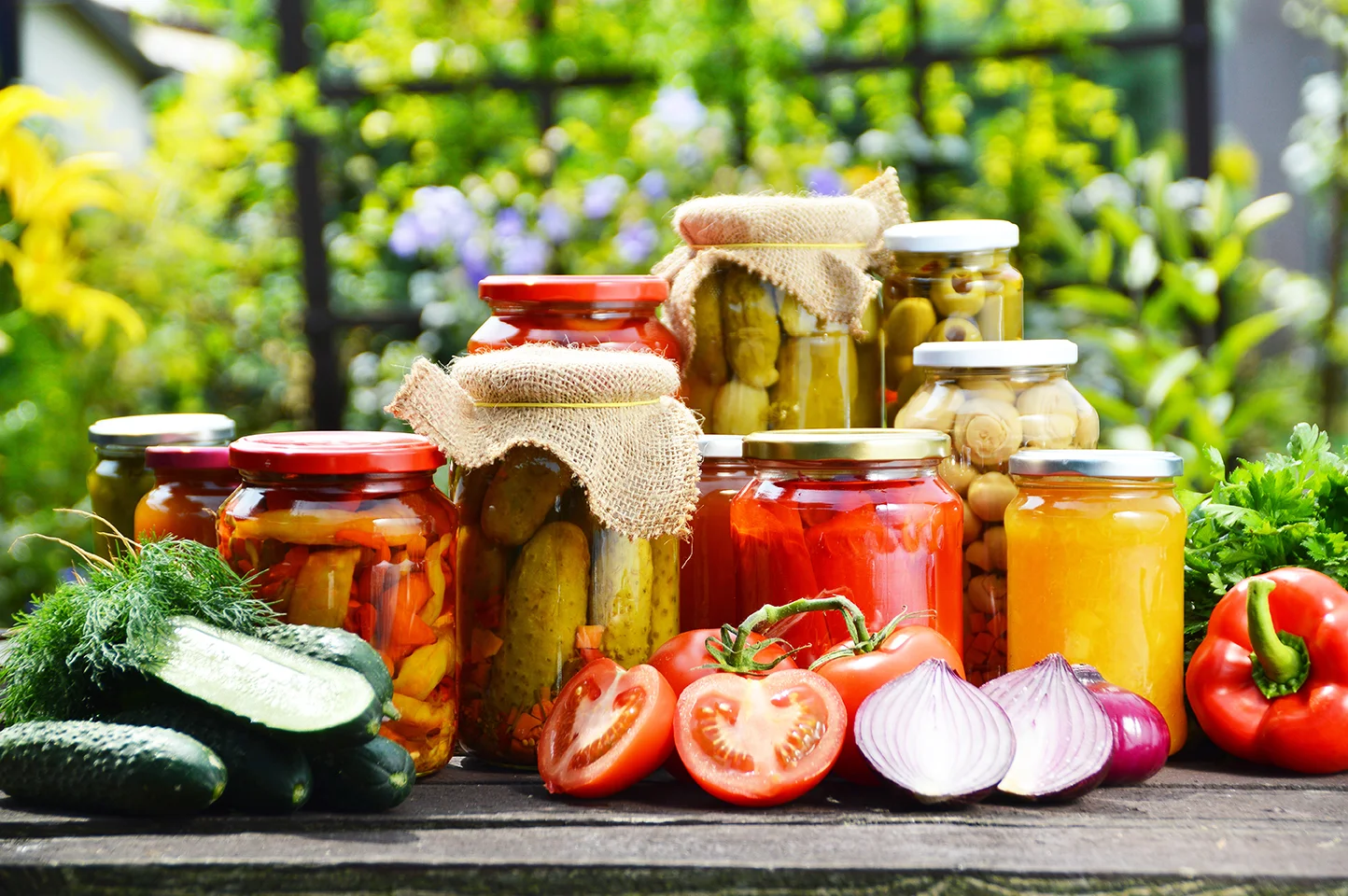Food Preservation – This book covers the entire syllabus of “Nutrition and Dietetics” prescribed by BNMC-for all Diploma in Nursing Science and Midwifery students. We tried to accommodate latest information and topics. This book is examination friendly setup according to the teachers’ lectures and examination’s questions. At the end of the book previous university questions are given. We hope in touch with the book students’ knowledge will be upgraded and flourished. The unique way of presentation may make your reading of the book a pleasurable experience.

Food Preservation
Food preservation usually involves preventing the growth of bacteria, fungi (such as-yeasts), or any other micro-organisms (although some methods work by introducing benign bacteria or fungi to the food), as well as retarding the oxidation of fats that cause rancidity. Food preservation can also include processes that inhibit visual deterioration, such as the enzymatic browning reaction in apples after they are cut, which can occur during food preparation.

Ways of Preserving Food:
| Cooking: | Preserves food for some time. |
| Refrigeration: | Most of the cooked and uncooked foods at home-potatoes, fruits, eggs etc. are preserved in cold storage. |
| Deep freeze: | Raw food items are kept. |
| Drying or dehydration: | Meat, fish, milk etc. |
| Smoking: | Used for keeping meat. |
| Salting: | Meat, fish (usually)” |
| Icing: | Usually fish. |
| Pickling: | Use of vinegar of oils in preparations of achars, jams and jellies. |
| Glazing: | Preserving eggs. |
| Concentrated sugar solution: | Preserving sweets, fruits. |
| Chemical: | Boric acid, benzoic acid, formaldehydes, salicylic acid etc. Use of chemicals should be avoided. |

Principles of food preservation
| 1. Prevention or delay of microbial decomposition |
|
| 2. Prevention or delay of self- decomposition of food | By destruction or inactivation of enzymes (e.g., by blanching), By prevention or delay of purely chemical reactions (e.g., prevention of oxidation by the use of anti-oxidants) |
| 3. Prevention of damage caused by insects, animals and mechanical causes | |
Read more:
